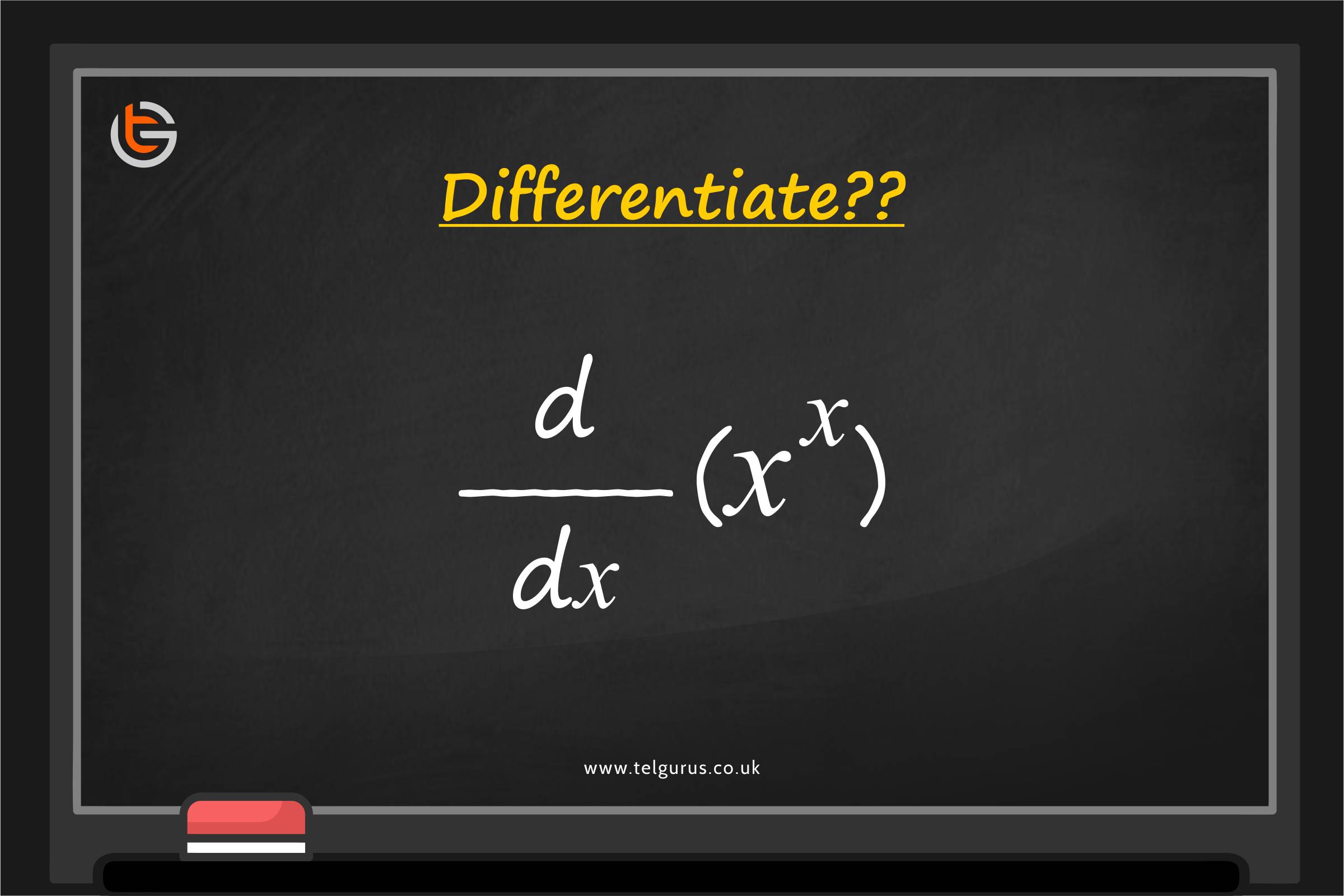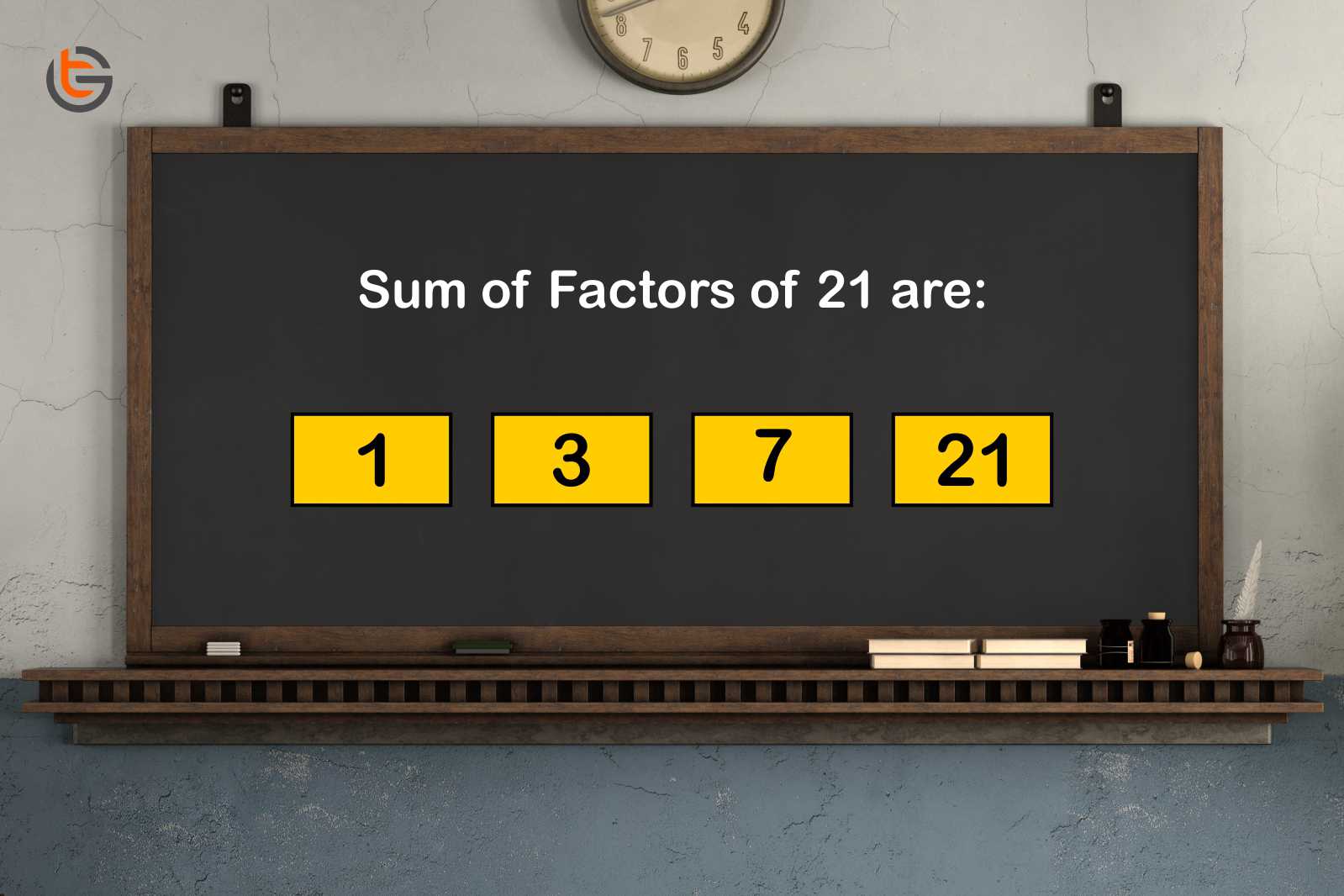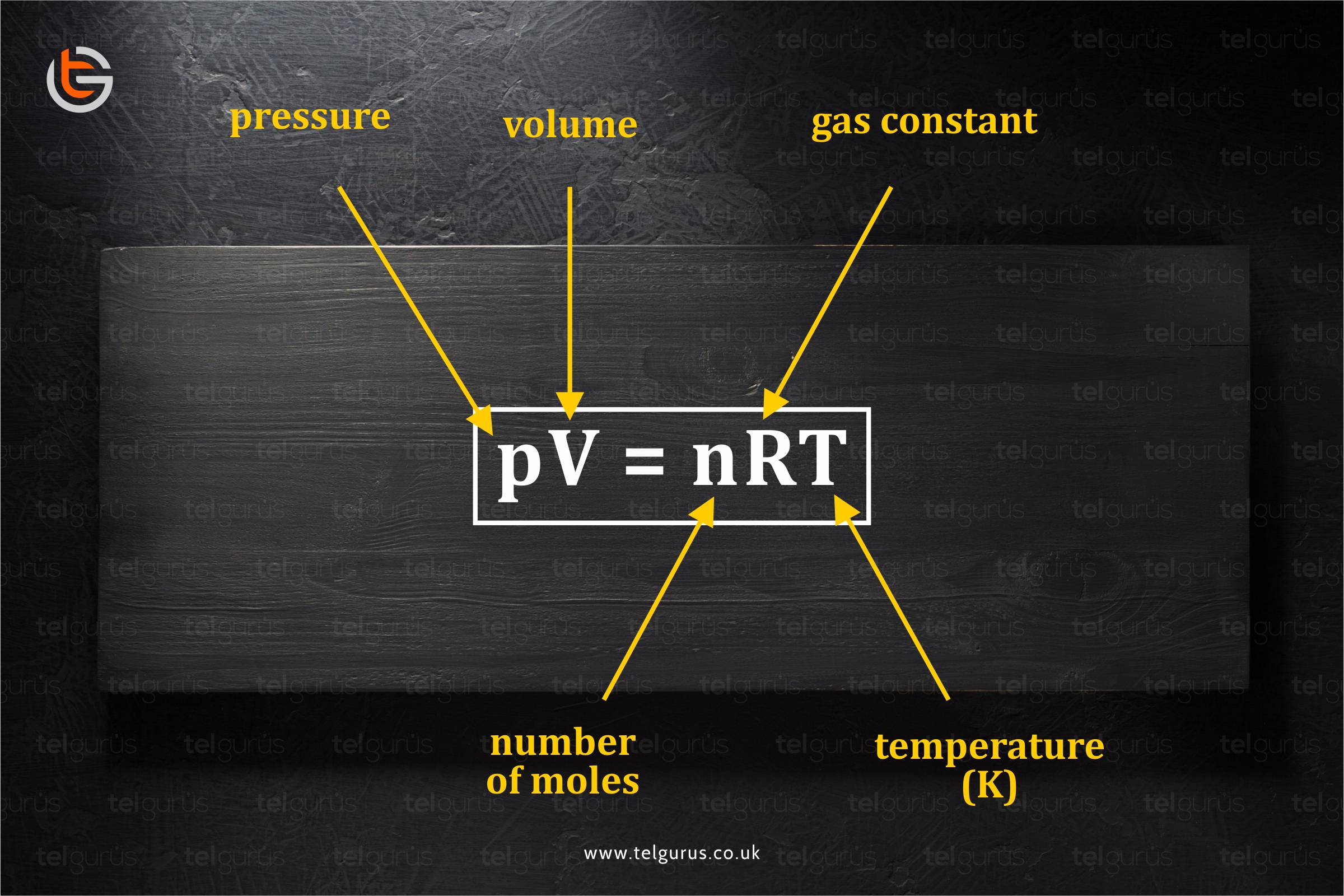Enrich your knowledge with our informative blogs
How do you differentiate x ^ x ?

Derivative in mathematics is the rate of change of a function with respect to a variable.
Derivatives are very important to the solution of problems in calculus. To differentiate a function one must know the rules of derivatives.
The derivative of a constant function is always zero.
Let y\,=\,f\,(x) is any function.
We can explain it as the measure of the rate at which the value of changes with respect to the change of the variable x. It is read as the derivative of function f with respect to the variable x. Now the question is how we can differentiate \,{{x}^{x}}?
So, regarding this question we can say that there are two ways to find the derivative of {{x}^{x}} .
There is an important point to be noticed here that this function is neither a power function of the form x{{\,}^{\hat{\ }}}\,k where k is any constant nor an exponential function of the form b\,\hat{\ }x where b is a constant, so we can’t use the differentiation formulas for either of these cases directly.
Symbol of derivative
The symbol for denoting the derivative of a function is f'(x) or we can also denote it by \frac{{d(y)}}{{dx}}
Differentiating y\,=\,x\,\hat{\ }\,x is simple but tricky.
Method 1
The best way to solve it is to bring the power down and we can bring the power down only by taking logarithm (ln) to the natural base e on both sides.
Let\,y\,=\,x\,\hat{\ }\,x
1Taking log both sides ,we get0
ln\,y\,=\,ln\,xNow taking derivative on both sides, we get
\frac{{d(\ln \,y)}}{{dx}}\,=\,\frac{{d\,(x\,\ln \,x)}}{{dx}}To differentiate the right hand side, we can use the product rule
Product rule says
- First function d/dx second function + second function d/dx first function
- Also, According to properties of derivatives: derivative of \log \,x is 1/x and derivative of x is 1.
So, applying this rule above we get
\begin{array}{l}1/y\,\,\frac{{dy}}{{dx}}\,\,=\,x\,\frac{d}{{dx}}\,(ln\,x)\,+\,ln\,x\,\frac{d}{{dx}}\,(x)\\1/y\,\,\frac{{dy}}{{dx}}\,\,=\,\,x(1/x)\,\,+\,\,ln\,x\,(1)\\1/y\,\,\frac{{dy}}{2}\,\,=\,\,1+\,ln\,x\\\frac{{dy}}{{dx}}\,\,=\,y\,(1\,+\,ln\,x)\\\frac{{dy}}{{dx}}\,\,=\,\,x\hat{\ }x\,(1+ln\,x)\,\,\,[as\,the\,value\,of\,y\,=\,x\,\hat{\ }\,x]\end{array}So , derivative of {{x}^{x}}\,is\,{{x}^{x}}(1\,+\,ln\,x) by applying logarithm method as this can’t be differentiated with the usual differential methods of derivatives such as product rule, chain rule, quotient rule etc.
Method 2
There is one more method of finding its derivative by using exponential and logarithm method.
We know that {{e}^{{ln\,x\,}}}\,=\,x
So, this is same as {{x}^{x}}\,as\,\,({{e}^{{ln\,x\,}}})\,\hat{\ }x
Which is also same as e\,\hat{\ }\,(x\,ln\,(x))\,or\,\,{{e}^{{x\,ln\,x\,}}} [using the properties of exponential and logarithmic functions]
We know that,
Hence , by using the formula \frac{d}{{dx}}\,{{e}^{u}}\,=\,{{e}^{u}}\,\frac{{du}}{{dx}}
\frac{d}{{dx}}(\,{{e}^{{x\,lnx}}}\,)\,=\,{{e}^{{xlnx}}}\,\,\frac{d}{{dx}}\,(xln\,x)
\frac{d}{{dx}}(\,{{e}^{{x\,lnx}}}\,)\,\,=\,{{e}^{{xlnx}}}\,\,(ln\,(x)\,+\,1) [using product rule and also derived in method 1]
Finally rewriting it will give the same answer i.e.
d/\,dx\,\,(\,{{x}^{x}}\,)\,\,=\,(1\,+\,ln\,x\,)\,\,[as\,{{e}^{{x\,ln\,x\,}}}\,is\,nothing\,buy\,\,\,{{x}^{x}}]
Read More – Mathematics Questions
View More – Useful links for Your Child’s Development

Unleash the Power of visualization to break tough concepts
Wanna be the next Maths wizard? Discover the new way of learning concepts with real-life Visualization techniques and instant doubt resolutions.
Categories
Recent Posts
- List of the qualities you should look for in your tutors?
- What is the most useful formulas in math?
- Describe the process of eating to defecation of food?
- Difference between the natural and artificial active response by the immunology system.
- Explain the different circle theorems
- How are nerve cells adapted to their function?










